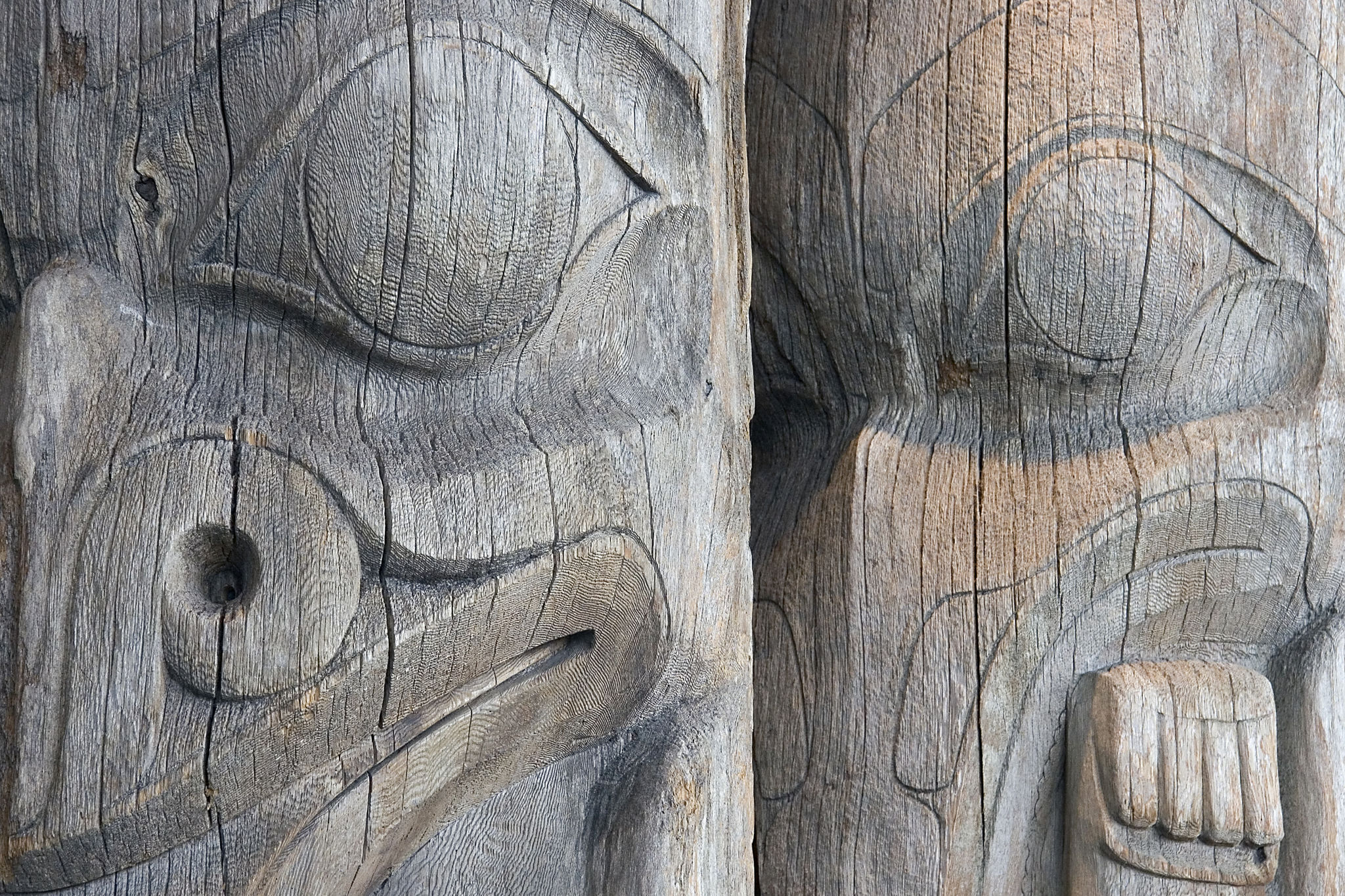The Impact of Wichita Weather on Tree Health
Understanding Wichita's Weather Patterns
Wichita, Kansas, is known for its diverse weather patterns, ranging from hot, humid summers to cold, dry winters. These fluctuations can have a significant impact on the health of the local trees. The unique climate conditions in Wichita require special attention to ensure that trees thrive throughout the year.
One crucial factor in understanding the impact of weather on tree health is recognizing the seasonal variations. Each season presents different challenges and opportunities for tree growth and resilience.

Spring and Summer: Growth and Challenges
During spring, Wichita experiences milder temperatures and increased rainfall, which can promote robust tree growth. This season is often seen as a period of rejuvenation for trees, as they recover from the harsh winter months.
However, the onset of summer brings challenges such as excessive heat and occasional drought conditions. These elements can lead to stress on trees, affecting their ability to absorb water and nutrients efficiently. Proper irrigation and mulching are essential during this period to maintain tree health.

Common Summer Issues
The heat stress in summer can lead to a range of issues such as leaf scorch, wilting, and even pest infestations. Homeowners should be vigilant about signs of stress in their trees and take proactive measures to mitigate these problems.
Autumn Transitions: Preparing for Winter
As autumn arrives, trees in Wichita undergo changes in preparation for the coming winter. The cooler temperatures and shorter daylight hours signal trees to enter a state of dormancy. This transition is crucial for preserving energy and resources.
Proper pruning during this time can help trees manage resources more effectively and reduce the risk of damage from winter storms. Additionally, applying a layer of mulch can help insulate roots against the cold.

Winter Challenges: Resilience and Survival
Wichita winters can be tough on trees due to freezing temperatures and occasional ice storms. These conditions can cause branches to become brittle and increase the risk of breakage.
To protect trees during winter, it is vital to ensure they are well-watered before the ground freezes. This helps roots remain hydrated and resilient against cold snaps. Wrapping young or vulnerable trees with burlap can also offer some protection against harsh winds.
The Role of Native Species
Choosing native tree species can make a significant difference in how well trees adapt to Wichita's weather. Native species are naturally more suited to local climate conditions, making them more resilient against extreme weather changes.

Conclusion: Adapting to Wichita's Climate
Maintaining tree health in Wichita requires an understanding of the region's unique weather patterns and proactive care throughout the year. By taking steps to address seasonal challenges and opting for native species, homeowners can ensure that their trees not only survive but thrive in this dynamic environment.
Ultimately, the key to successful tree management in Wichita lies in preparation and adaptation, allowing nature's giants to weather the storm and flourish for years to come.
